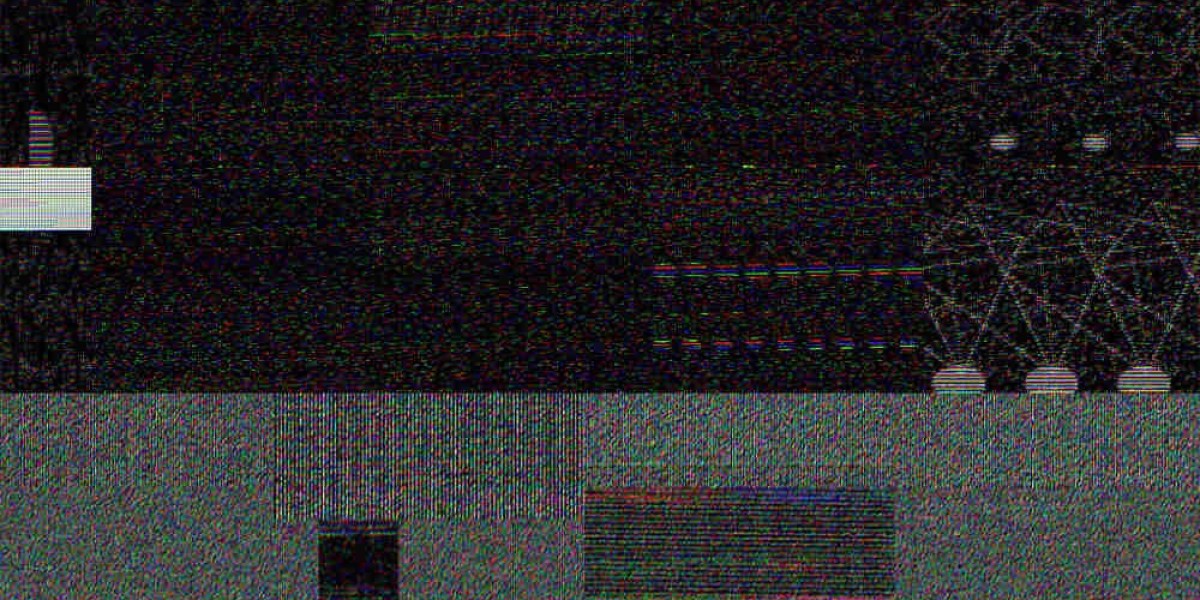Unwanted noise or interference in an electrical route or circuit induced by an external source is known as emi interference or EMI. Electromagnetic interference can lead to malfunctions, poor performance, or outright failure of electronics. It can originate from man-made or natural sources. Placing a cell phone close to powerful speakers or audio equipment and hearing a beep or noise is a typical example of electromagnetic interference.
Different Types of Electromagnetic Interference
A receptor (or victim), a route, and a source are all present in emi interference. From the source to the receiver, there are various pathways or ways that electromagnetic fields can be transmitted.
1. Radiated EMI
When a high-power transmitter or electrical device emits a radio frequency that is picked up by another device and has undesirable consequences, this is known as radiative electromagnetic interference (EMI). Radiated EMI is most likely present if there is EMI and the source and receptor are far apart. Examples of this include outdated wireless phones causing Wi-Fi to drop or a malfunctioning kitchen microwave triggering a PC to reboot.
Equipment malfunctions are often the cause of broadband electromagnetic interference (EMI), which impacts a wide range of frequencies in the radio spectrum.
Typically coming from a radio transmitter, narrowband electromagnetic interference (EMI) typically affects a single radio frequency.
2. Coupled EMI
When the source and receptor are near to one another but not electrically connected, coupled EMI occurs. EMI that is coupled can be transmitted via capacitance or induction. When two conductors are connected in parallel and a capacitive charge builds up between them, this is known as capacitively coupled EMI. Electronic circuit boards and long lengths of tightly spaced wires are the most prevalent locations for capacitively coupled electromagnetic interference (EMI), which necessitates extremely near conductor spacing.
When a conductor's magnetic field causes an unwanted current to flow through an adjacent conductor, this is known as inducted or magnetically linked EMI. A power wire and an audio cable placed close to one another can cause induced electromagnetic interference (EMI), as evidenced by a hum on the audio line.
3. Conducted EMI
A physical electrical path connecting the source and the receptor causes electromagnetic interference (EMI). This frequently occurs near electrical transmission lines. A sizable motor or power supply could be one of the sources. A computer on the same electrical mains circuit that reboots when a treadmill or laundry dryer is turned on is an example of conducted electromagnetic interference (EMI).
Steps to Reduce Electromagnetic Interference
Industries frequently experience emi interference, which negatively affects instrumentation signals. A few examples of industrial EMI sources are walkie-talkies, arc welding, electrostatic discharge, lightning, power contacts, SCR heater controllers, soft start motor starters, variable frequency drives, power contacts, AC and DC motors, and AC and DC generators. Similar to the prevention of radio frequency interference EMI from deteriorating the vital measurement and control signals, EMI must be reduced.
Filtering
Filtering out unwanted signals is a direct method of eliminating them; passive filters are effective in this regard and are utilized in the majority of modern equipment to reduce electromagnetic interference (EMI).
Grounding
According to DAU, grounding can also refer to an electrical connection made to Earth. It is the creation of an electrically conductive link between an electrical or electronic element of a system and a reference point or plane referenced to the ground.
Shielding
Shielding, on the other hand, usually entails enclosing the circuit inside a sealed enclosure, like a metallic box, and is the preferred method of containing radiation or coupling in source or victim electronics. This is a similar method used to prevent radio frequency interference.







